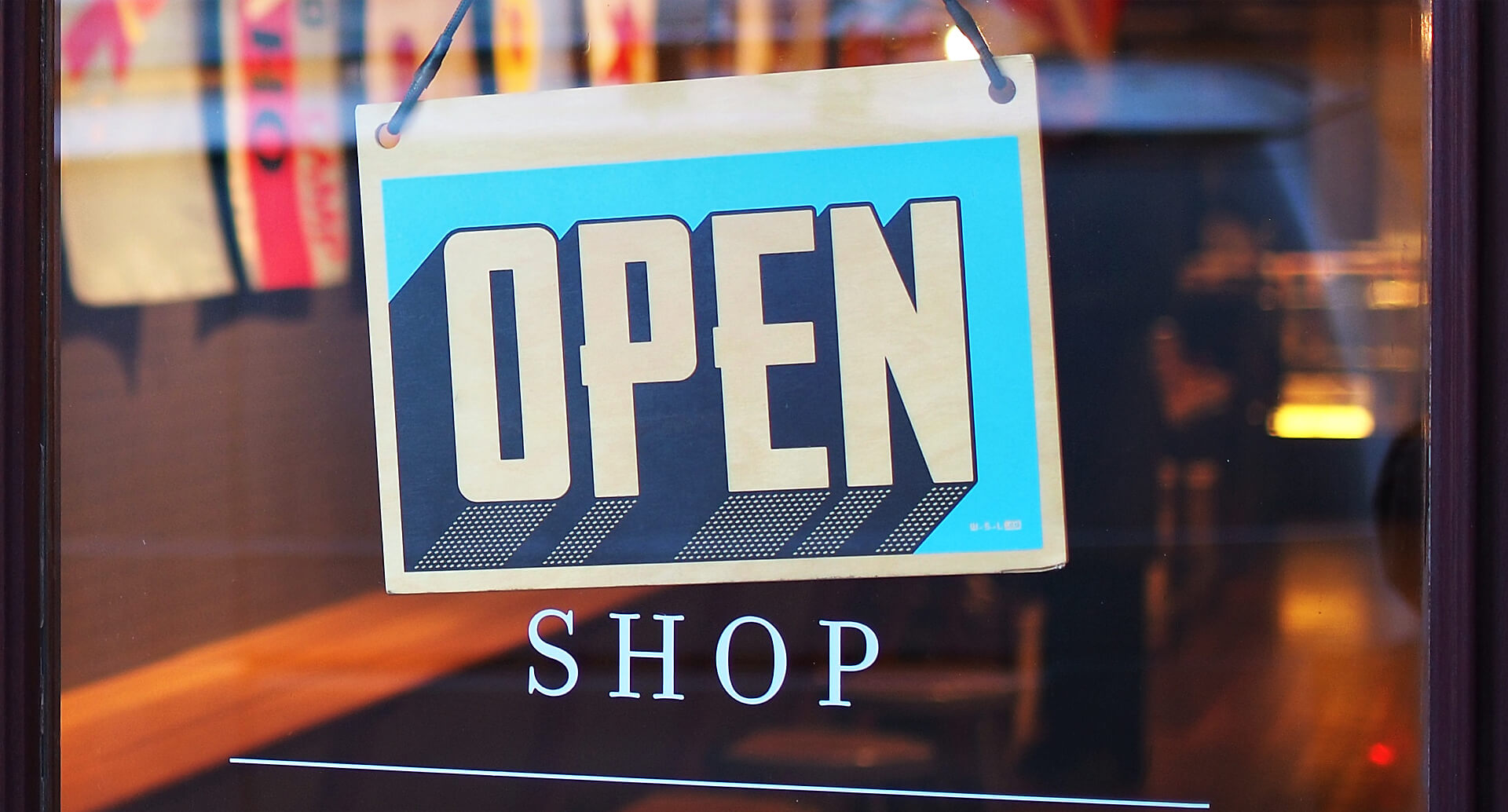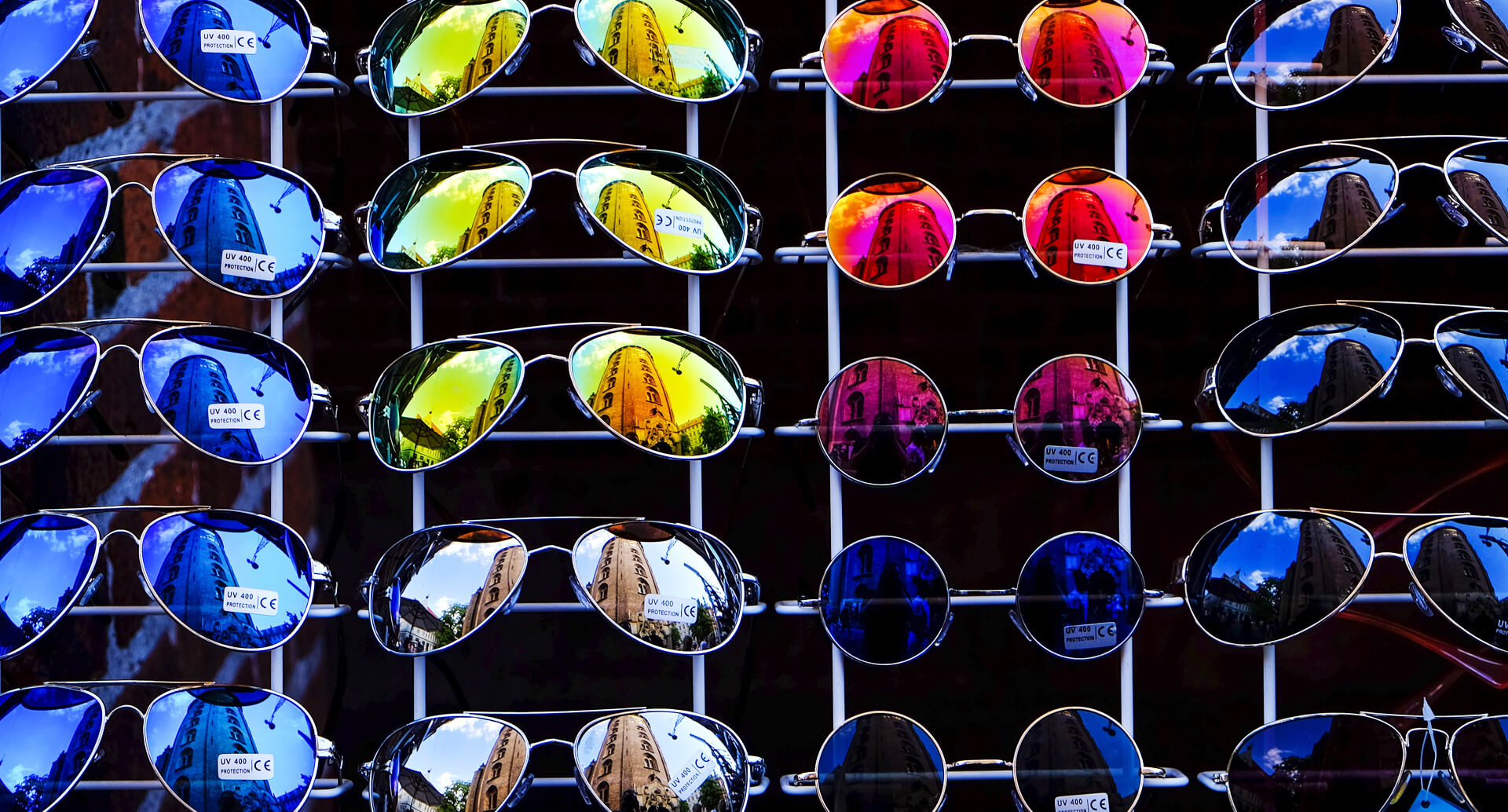
You have probably read numerous articles about how consumers are increasingly turning to online shopping. You may have even noticed a change in foot traffic during the holidays. However, brick-and-mortar stores continue to provide a unique experience that e-commerce sites cannot. For example, a 2010 study by Bushong et al. found that consumers placed more value on a product they could see and touch in-person. As a result, for a retailer, merchandising is probably the second most crucial success ingredient after location and one that you can really work to your advantage.
To merchandise effectively, you need to answer three key questions about your vision, targets, and product categories. Below, we explain why, and then provide 17 practical merchandising tips.
What’s Your Vision?
The first step towards strong merchandising is to determine the image and vision for the store, and the personality you are trying to convey. Think of all the ways you can make the store click into that image. For example, you might notice that a lot of outdoor equipment stores feature photography of beautiful locations from a first-person perspective. This angle makes it easy for your customer to imagine themselves in the photo, enjoying the lifestyle you’re portraying with the products you’re selling.

In general, in order to create a strong brand, your design choices should be unified and consistent. Consider all five senses and what each should be doing when customers are in your store. Your sense of smell, for example, is directly connected to your brain’s amygdala and hippocampus. So, when a luxury hotel uses a custom scent in their lobby, they do it to impact the part of your brain that processes emotions and memory.
The tone of any writing you use is important too. Information that is delivered as an anecdote, with an emotional component, is remembered longer and processed more deeply than the same information depicted only as data (Weinschenk, 2011, p.168). Rather than list a product’s benefits on a banner, why not use a customer testimonial or a personal story?
Finally, it can be easy to neglect your own store’s image in favor of representing the brands of the products you sell. While it is important to support the brands you work with, you also want to encourage your customers to think of your store as well. That way, the next time they need a Toto toilet or Bose headset, you are top of mind.
A lot of detail goes into forming a brand. Creating a set of branding guidelines, that includes basics such as appropriate store colors and fonts, is recommended.
Who Are Your Target Customers?
What you envision for your store also has to be informed by your target market. While we always suggest market research and strategy before executing large changes to your store, we understand that budgets don’t always allow for extensive data-gathering.
However, you are probably at least somewhat familiar with the typical consumer buying patterns in your store.
For instance, if you sell specialized equipment that requires training, you probably don’t get a lot of foot traffic or casual shoppers. More likely, your clients come in with a purpose and they have done some basic research. In this case, rather than creating a journey for browsers to explore your entire store, it is more important for you to provide clear directional signage, comparison charts on the equipment, and easy access to knowledgeable customer service reps.
In comparison, if you are a boutique home goods store, your customers might have a vague idea of what they’re looking for, but may also enjoy taking the time to peruse the latest décor trends. They also probably consider ambiance to be important. For this scenario, artistic displays and store flow are more integral to the average experience.
In What Categories are Your Products?
Inside signage needs to show people where things are. This can be done with words, photography, or art, but make sure people are not confused or frustrated when trying to find things in your store. First and foremost, decide how you want to organize your store based on how your customers shop or by how you want your customer to experience your store. While a lot of choices might seem like a good thing, research shows that we find too many to be overwhelming (Weinschenk, 2011, p.206). By organizing your products into logical categories, you can help your displays appear more manageable to consumers.

To illustrate, if you sell luxury items, like designer shoes, you might want to group by brand first and then product type, due to strong brand loyalties that exist. However, if you feel that your average customer would want to see all their options before deciding, you should do the reverse. For instance, MEC, an outdoor equipment store, will group all their tents in one place, so you don’t have to jump around the store. In addition, they provide handy comparison charts of product features that break down complex info into a consistent scorecard. In addition, keep related products close to each other. If you sell chainsaws, your customers might not know that you sell blades and relevant accessories if they’re housed on the other side of the store.
While consistent branding is important, measured differentiation within a store’s design helps your customer identify key areas quickly, so they don’t become frustrated with their shopping experience. Department stores often suffer from this issue when their various checkout counters don’t have sufficient signage. Rather than stick it out, a shopper who was toying with the idea of a spontaneous purchase is likely to abandon it.
Common items used to create separation between product types on the shelf, or different sections of the store, include half-walls, racks, lowered ceiling pieces, floor transitions and raised sections. Increasing spacing between objects, changing colours, and utilizing more prominent signage is also helpful. These methods can also be used to informally guide your customers through the store. Without details, like a well-placed hanging sign or a vinyl floor path, there’s a chance that less visible parts of your store might be missed.
17 Practical Retail Merchandising Tips
1. Hours. Post business hours and stick to them, whatever they are. You could even ask shoppers if they would prefer longer or different shopping hours, and keep track of the results to help fine-tune your schedule.
2. Outside signage. Outside signage should be clear, bright and unique. Make sure people can tell what your store offers at a quick glance. Signage should be positioned where people can see it easily from all traffic directions.
3. Traffic teaser. If you can think of something interesting to position outside your door or in your window to draw people in, then do it. Even something as simple as blowing a wonderful scent out your door is a great way to attract traffic. Also consider music or flowers!
4. Maneuverability. Try walking through your store carrying a couple large bags of goods or pushing a baby stroller. If you feel like you might break something, consider rearranging the store to make aisles wider. You could also ask a school-aged child whether he or she can find or reach things in the store, just to see how well your shorter patrons are able to navigate your store. There are plenty of online resources on how to make your store more accessible – search for keywords like “universal design” or “accessible design” for more information.

5. Neighbourly critique. Have you ever considered asking your neighbouring retailers to critique your merchandising? You might be surprised at their ideas. Most businesspeople are happy to give critical feedback but are hesitant to do so without first being asked.
6. Seasonal synchronizing. Take advantage of every season. Your store should be a continually changing heraldry of life. Keep it fun with ever-changing displays, merchandise, and more. This keeps customers interested in returning if they see that you are continually improving your store. Things that are novel are also naturally more attention-grabbing. If the majority of your store often changes with the seasons, make sure your displays and signage can be moved easily.
7. Minimize SALE signs. Discount and sales items should be kept at the back of the store, where there can be a regular clearing area for out-of-season merchandise. Keep the front of the store reserved for current, new and exciting merchandise. While a modest window-teaser is fine, if you always have a SALE sign out front, it will appear as though you are always in a state of financial urgency. The effect is that you will train your customers to wait for the sale.
8. Stow extra stock. Keep your shelves sufficiently stocked but try to avoid piling unnecessary extra product in the aisles and shelves. It can make your store appear cramped or the product seem undesirable. Store extra stock out of sight, if possible.
9. Work with your lighting. Lighting is probably one of the most important elements to getting your items seen and noticed. A wholesale lighting client of ours who provides lighting to countless retailers once explained that retailers assumed the architect would be good at the lighting. This is not always the case – ask your lighting professional. They do nothing but lighting and know just the colour, brightness, and energy efficiency to give your store the most attractive glow.
10. Impulse Items. Keep several small ticket items near the check-out area, so when people are lined up, they look at them. These items should be something almost anyone can use, like a snack, or pair of nail clippers!
11. Featured items. If you’ve got large items that have any level of complexity (lawn mowers or appliances), be sure that they get adequate space, lighting, and display signage to point out their unique features, in an easily readable font size. Creating focal points at various parts of the store can be a great way to encourage traffic flow as it incentivizes your customer to explore.
12. Shoot photos and compare. Shoot pictures of your displays, and keep dated records of the photos. That way, you can work backward and correlate the displays to the sales volumes of various items.
13. Bundled Displays. Imagine what someone might be doing with your product, and then think about every accessory that might be handy to supplement that activity. Put all these products into a collection together, perhaps on a mannequin or in a display. This will help you cross-sell items. You could even price them as a bundle if you wish.
14. Traffic counting. Always keep count of foot traffic; you can later correlate this to your window displays. Do it manually, or if there are too many people to keep track, try an automated tool for doing this. There are a lot of hardware products online.
15. Always pop the question. Like any good retailer, you must be sure to ask people how they found out about your store and keep track of the results. This will always help you improve your marketing each year, whether by improving merchandising, advertising, or signage. Every little bit counts!
16. Create experiences. Ask yourself, especially if you’re competing with online retailers: What can customers only get with an in-store experience? Then try enhancing it. For example, refrigerated change rooms so people can discover how warm your coats are? A climbing wall to test your outdoor gear? Simulated grass strip to test lawnmowers? There are endless possibilities. The more creative you can be, the more exciting the experience of coming to your store, and you’ll create buzz. It’s also a more fun way to get your staff interacting and bonding with your customers. It’s part of a growing trend called “Retailtainment” – and really worth considering.
17. Staff picks. Shoppers love to know that the staff has actually bothered to try and evaluate the merchandise. Try a “staff picks” section – or create handwritten tags for special products pointing out what your staff things of them (even have the staff members’ names on them). People can’t resist reading something personally handwritten – and it’s like a silent salesperson.
While the above tips should give you a few good starting ideas, we strongly encourage you to look around at leading edge retailers and incorporate and adapt any cool ideas for your own merchandising. After all, retail merchandising is more of an art than a science, but using a scientific approach of making incremental changes, and then tracking your results will make you become infinitely more attractive to consumers.
If you need assistance, give us a call – we’re happy to assist.
Additional Sources:
Weinschenk, S. (2011). 100 Things Every Designer Needs to Know About People. Berkeley, CA: New Riders.

